“Five, four, three, two, one… live, live!” – the words instantly release a tiny dose of adrenaline which runs through my body.
No retakes, no fixing in post and editing; just this moment right here, captured on camera, sent straight to thousands of viewers. Still the only words in four years of filmmaking that have ever given me this feeling. Let me explain.
Roughly, or should I say typically, the process of filmmaking is split into three stages. First there’s pre-production; it’s almost like the conceptual phase where one fleshes out the story. Scripting, storyboarding, creating a shot list and all that goes with that. Then there’s production, the actual shooting of it – what’s done on set or location. And then lastly, post-production, the editing of the film.
It’s a beautiful process, the way a story evolves as it’s passed through each stage in the production chain. It can be rushed, but in general it is slow and takes time to craft. Then finally you sit and watch the end product, that’s the rewarding part. Like the first time you bake as a child. Individually the ingredients aren’t mind-blowing. You have to wait until the cake is done; iced up and decorated. You may have licked the spoon and got a taste for it while you mixed it, but you only get its fullness once you have your first bite.

Well live TV is still a cake. But it’s one of those instant microwave ones. Right there in front of you. It’s all three production stages crammed into one. There’s very little to hide behind, and in many ways that’s frightening. There are multiple feeds, with multiple connections. You’re not just simply watching three pictures and cutting between them. You’re looking for sightings but also balancing them, the viewers questions, adding titles and checking signals. You’re communicating with guides and cam ops individually on different vehicles, as well as updating everyone else on what’s happening in the show which is, itself, being sent to many different platforms, both scheduled and unscheduled broadcasts.
Then there are tech issues, which we jokingly call gremlins, but let me tell you that that’s an understatement if ever I’ve heard one. A feed down is a third of your content gone. A leopard missed is a scene left out, a character gone, and a narrative thread skipped. It’s also a half day loss of friendship with the guide who spent hours finding it, and a cloud of cinematic shame hanging over your head until the next drive where you can, potentially, redeem yourself.

The show is obviously thought out, but it’s not scripted. Guides are knowledgeable and charismatic, but they don’t manipulate what’s on screen. Our stars are wild animals, and they may just decide to show you their backsides for three days. There’s no time to craft things, it just is what it is,LIVE.
So, needless to say, as I sit awkwardly spinning on the ‘D1 chair’ for my first go at the helm (after much training from Rebecca, and under the guidance of Kirsten) I’m filled with some form of nerves. I’m out the blocks and straight up I strap James as Jamie. Solid. As I think to myself ‘well here’s the start of a real good one’, the feed cuts and I have a few seconds to gather my thoughts. Perhaps for the first time in safariLIVE history, there’s a D1 who’s thankful for gremlins. Three hours later and it’s a wrap. It’s a bit of a blur, but it felt alright. No one else in the show is given a gender change via title strapping, and so for show one at least that’s positive.
Written By: Luke Macdonald

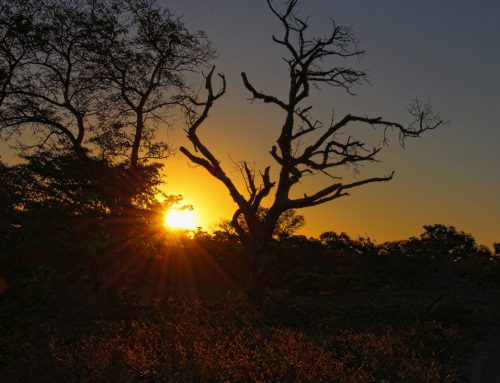
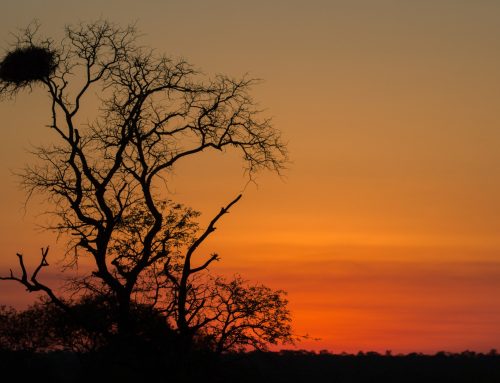
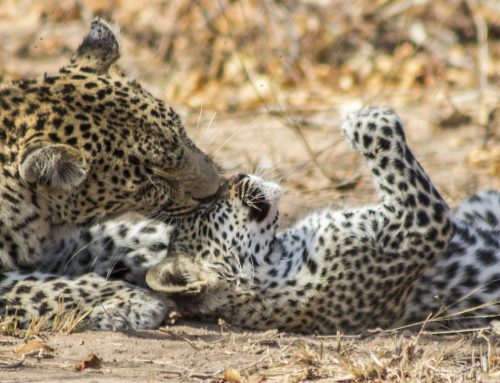
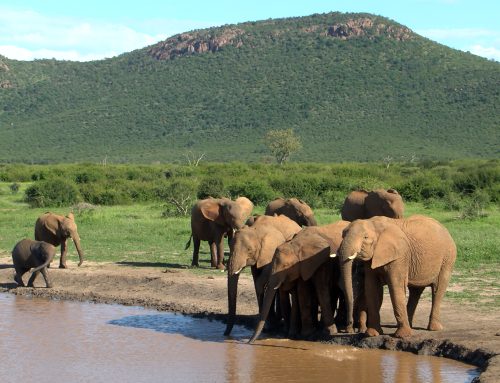
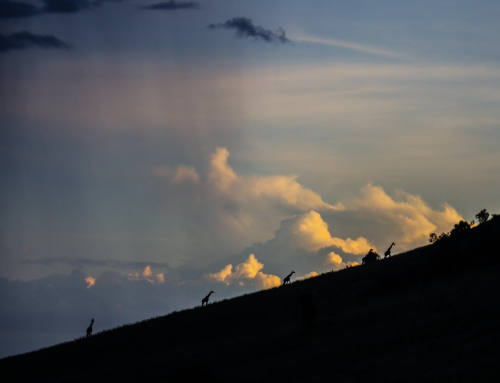
Luke, Welcome to the addiction that is Safari Live and Wild Earth You’ve done well and I bet the men are happy to have an ally. lol .And thank you for everything that all of you do to make us feel so very connected.
Please pass along to everyone in FC – all of you wonderful humans that WE hold in such high esteem, that most of us are quite happy to sit and hear stories from our guides or focus overly long with a spider trying to make a kill on bush walk. As Safari Live has taught all of us it’s not always about the hairies and the scaries. Don’t forget WE are privileged enough to get to be live on drive twice a day. WE plague you with questions about the most inane things sometimes but honestly we really feel that we are on the vehicle and are enjoying what we are seeing in the moment… That’s TV – this is a bumble about the bush and even quiet animal days offer us great opportunities for conversations about the most random of things.
Keep up the good work – and know that all of you are appreciated ever so much